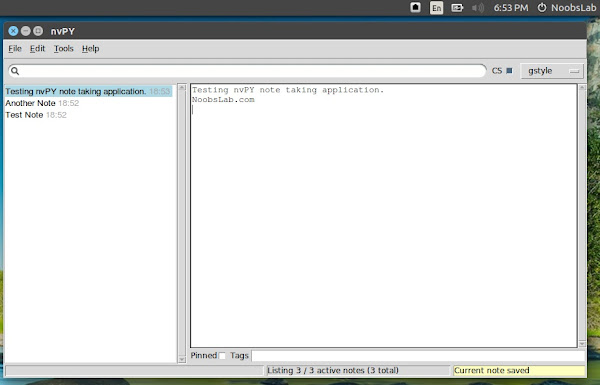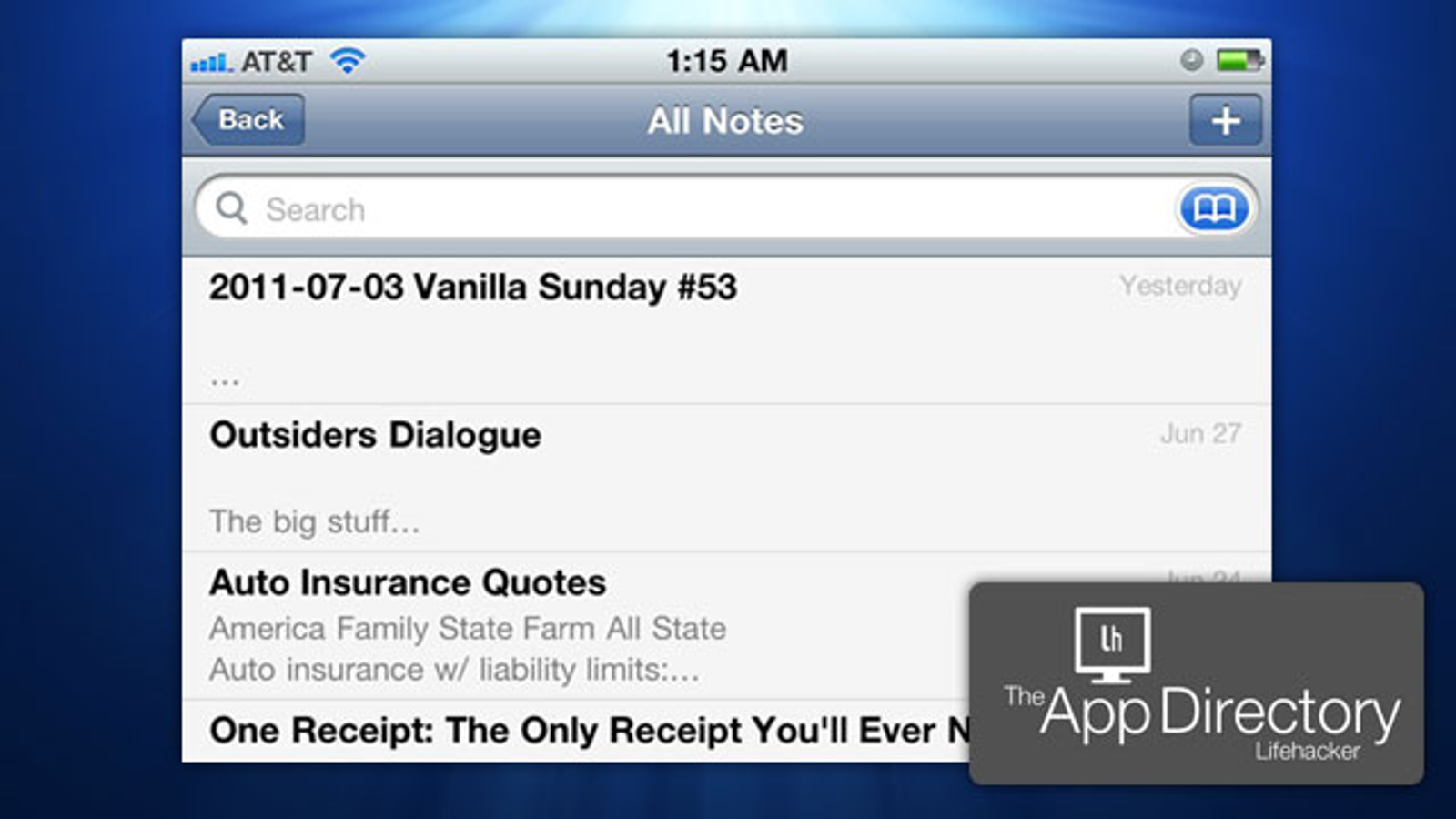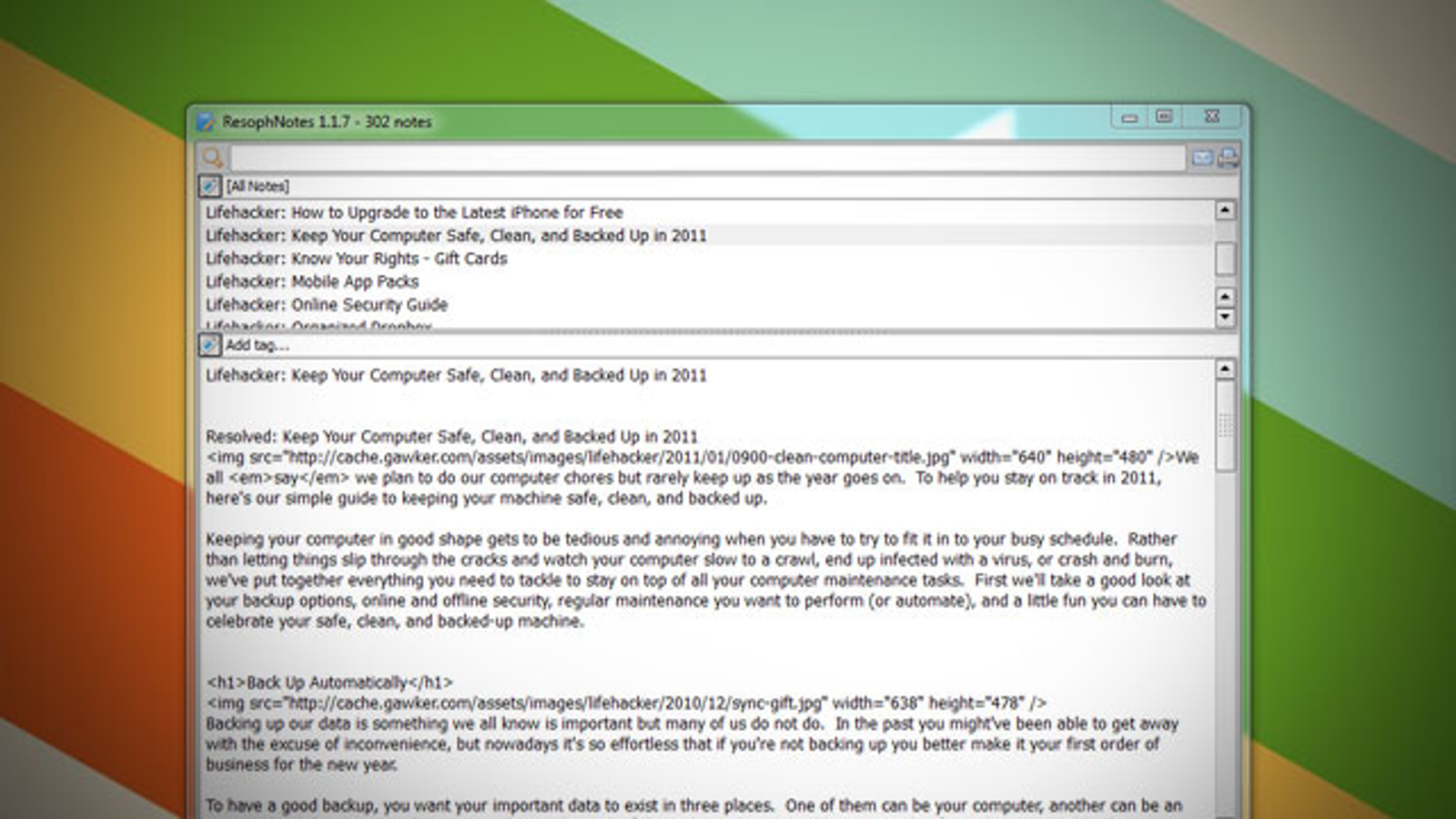

- #WINDOWS NOTATIONAL VELOCITY CODE#
- #WINDOWS NOTATIONAL VELOCITY PC#
- #WINDOWS NOTATIONAL VELOCITY FREE#
In Things, each of my tasks was an item in a database that also had separate fields for tags, notes, and a due date. The core principle of my GTD system is this: every task gets its own plain text file, whose filename is the name of the action I need to take. But this does allow me to replicate the way I was using Things, with some added advantages I didn’t even know I was missing. I should stress that I do not claim that this system fully replaces the functionality of Things, which remains a good piece of software.

That’s when I started developing the following system. I was also reluctant to shell out at least another $20 for the iPad version.
#WINDOWS NOTATIONAL VELOCITY CODE#
I began thinking about alternatives to Things, though, when I got an iPod Touch, and then an iPad, and joined the legions of Cultured Code followers waiting longingly for cloud synchronization (which is now apparently coming soon). I used it much like Shawn Blanc used to and Ryan Cordell does, so if you’re not familiar with the program, start there.

Even today, I still think Things is a great program. When version 1.0 appeared and quickly began winning awards, I gladly shelled out the asking price.
#WINDOWS NOTATIONAL VELOCITY FREE#
I got hooked on Things when it was still in free beta. I started using Things at the same time I was introduced to GTD, in the Spring of 2008. Clicking it will give you the choice to either save the entire page's contents, or just the URL.This post does just what its title says, so if terms like GTD, Things, and Notational Velocity mean nothing to you, you may want to move along: there’s nothing to see here but an excruciating display of plain-text nerdiness.īut if you are looking for a way to implement the Getting Things Done approach to task-management on your computer without spending much (or any) money, if you are a devoted user of Things by Cultured Code who has begun to toy with alternatives that support cloud synchronization, and/or if you secretly thrill to posts like this one, read on. Globally from anywhere on your computer, hit Control-Command-N for Mac, xxx for Windows.įrom inside your email program, send any email to EN by emailing it to your unique EN email address (if you've forgotten it, you'll find it under the menu: Evernote: Account Info…)įrom inside your web browser, you can use the Evernote Web Clipper, which once installed, will show up in your browser tab row. Open EN directly, hit the New Note icon (or shortcut Command-N/Control-N) and type away. It has 4 really fast and powerful ways of adding notes:Īll of the different ways to quickly get outside information into Evernote as a to-do: You're given a free and unique email address which allows you to quickly email your EN account any new notes (especially good for turning any existing email into notes).Ĭ.
#WINDOWS NOTATIONAL VELOCITY PC#
It syncs across multiple computers (both PC and Mac) and multiple smartphones.Ĭ. I started looking for the neat features of Evernote, then decided I disliked their interface and didn't use the features, so dropped down to Notational Velocity/SimpleNote, then realized that I wrote Markdown everywhere and wanted to see that on iOS so moved to nvAlt/Dropbox/SimpleNote.ī. Personally, I've moved through exactly that progression. If you prefer to have direct file access and make everything UNIXy, or like the Markdown features, go with nvAlt and Elements over Dropbox.



 0 kommentar(er)
0 kommentar(er)
